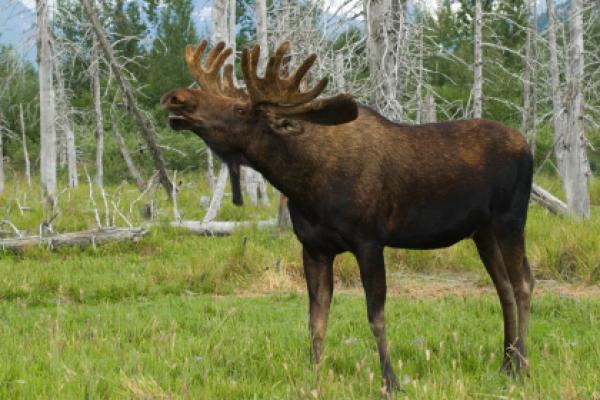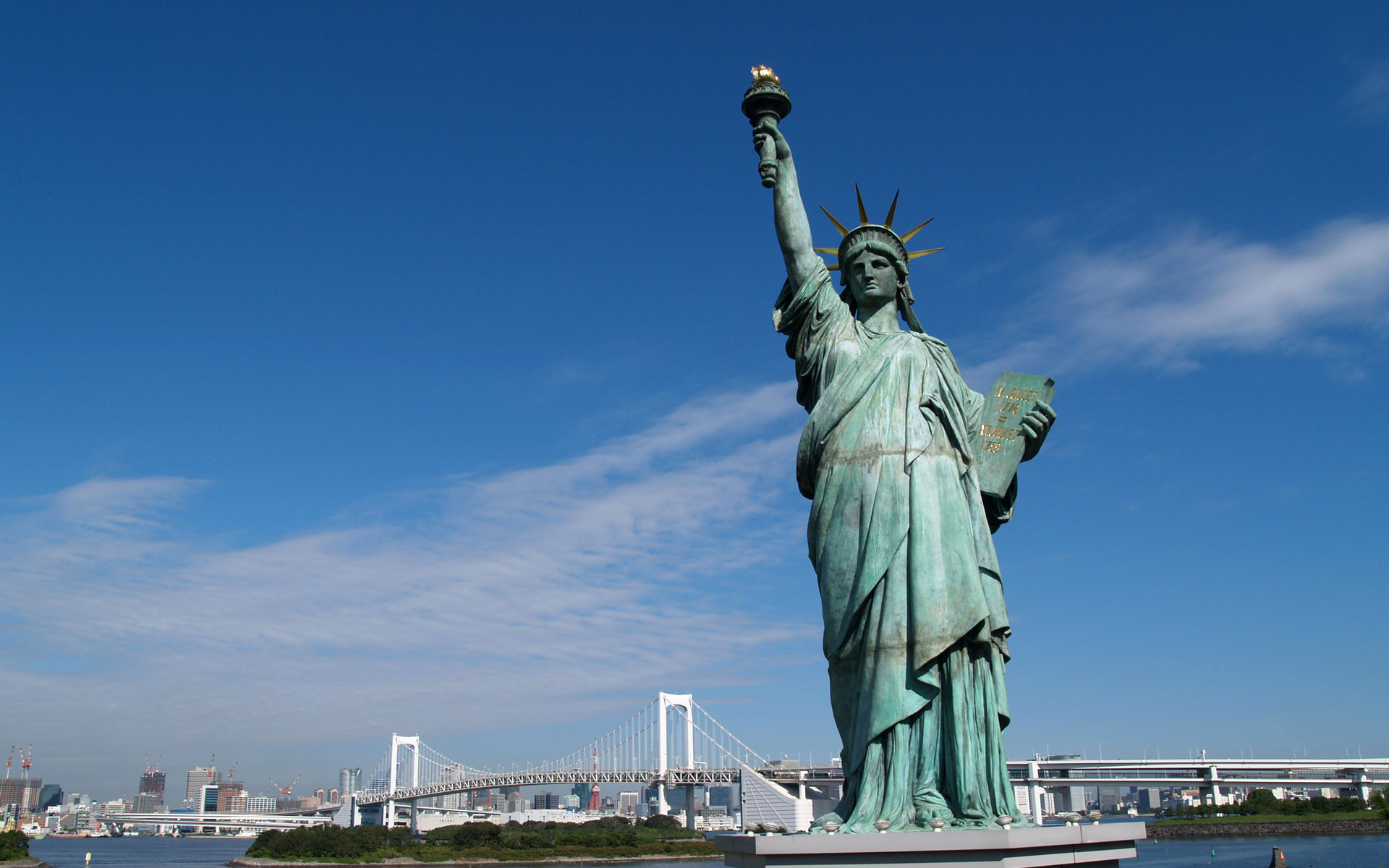La
música del sur de Estados Unidos ha trascendido todas las fronteras:
las de la geografía y las del tiempo. Este es el caso de la canción
que hemos preparado para este post en Home English,
una composición que ya forma parte de los clásicos; además, te
damos la letra en Inglés y en español, para que sepas lo que estás
cantando. Si necesitas de músicos que te acompañen para cantarla,
puedes bajártela de:
*Es
muy típico del acento sureño norteamericano no pronunciar las “g”
de las terminaciones “-ing”.
**Frisco
Bay hace referencia a la famosa bahía de San Francisco. A veces los
forasteros llaman ’Frisco
a la ciudad.
Sentado
en el Muelle de la
Bahía
Sentado
al sol de
la mañana
Estaré
sentado cuando llegue la noche
Observando
cómo llegan los barcos
y los veo volverse a marchar
(Coro)
Sentado
en el muelle de la bahía
Observando
Simplemente
estoy sentado en el muelle de la bahía
Perdiendo
el tiempo
Dejé
mi hogar en Georgia
Y
me dirigí hacia la bahía de Frisco*
Porque
no tenia nada por lo que vivir
Y
parece que nada va a salir
Así
que estoy sentado en el muelle de la bahía
Observando
la marea marcharse cómo baja la marea
Simplemente
estoy sentado en el muelle de la bahía
Perdiendo
el tiempo
Parece
que nada va a cambiar
Todo
permanece igual
No
puedo hacer lo que diez personas me dicen que haga
Así
que supongo que permaneceré igual
Sentado aquí, descansando mis huesos
Y
esta soledad no me dejará solo
Ya
he vagado dos mil millas
Tan
solo para
convertir este muelle en mi hogar
Ahora,
simplemente estoy sentado en el muelle de la bahía
Observando
cómo baja la marea
Simplemente
estoy sentado en el muelle de la bahía
Perdiendo
el tiempo







